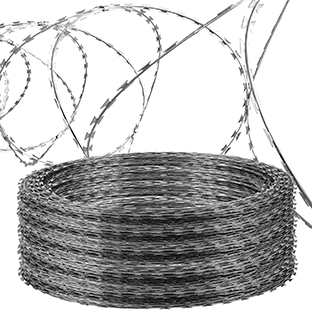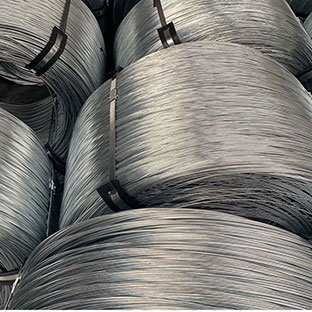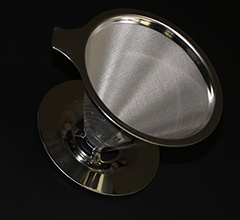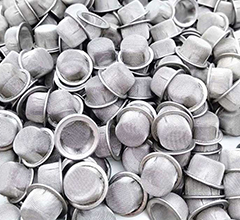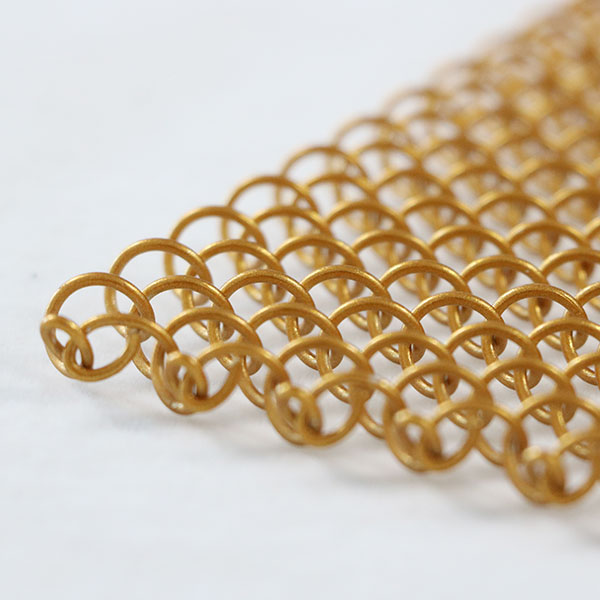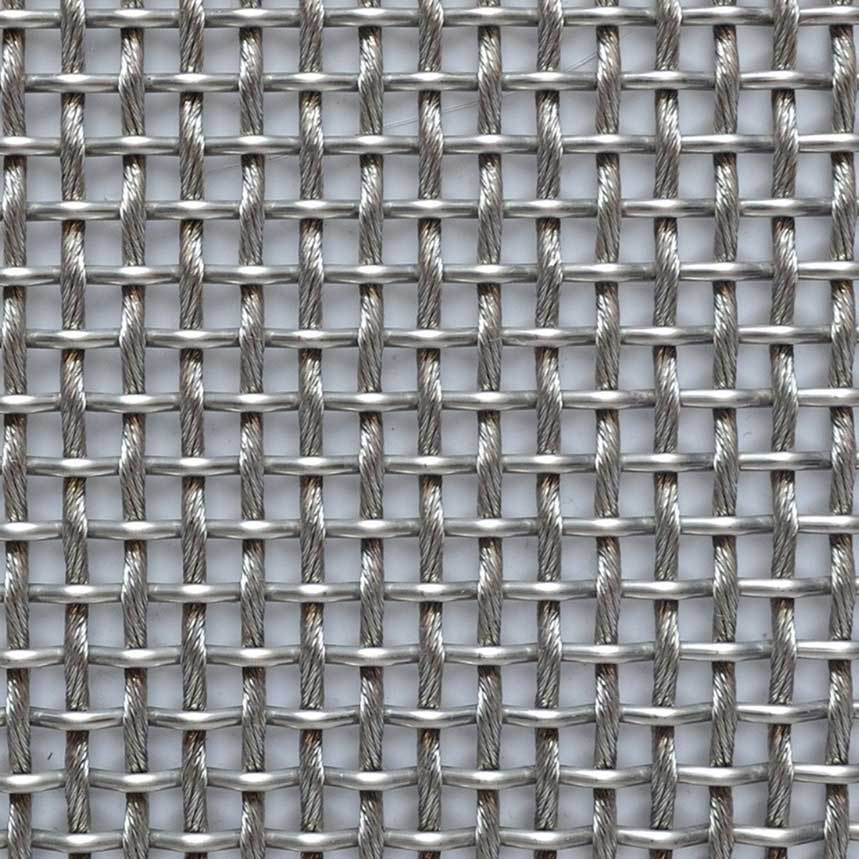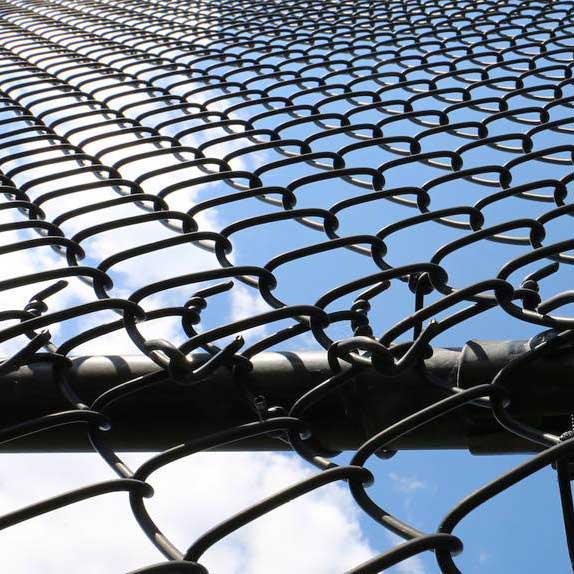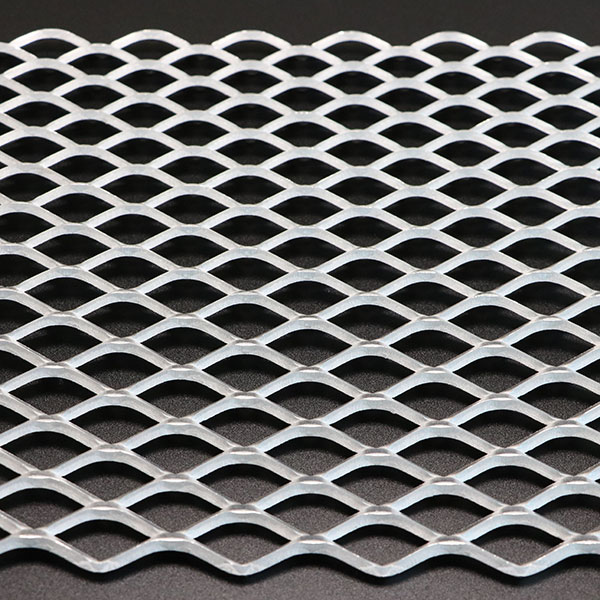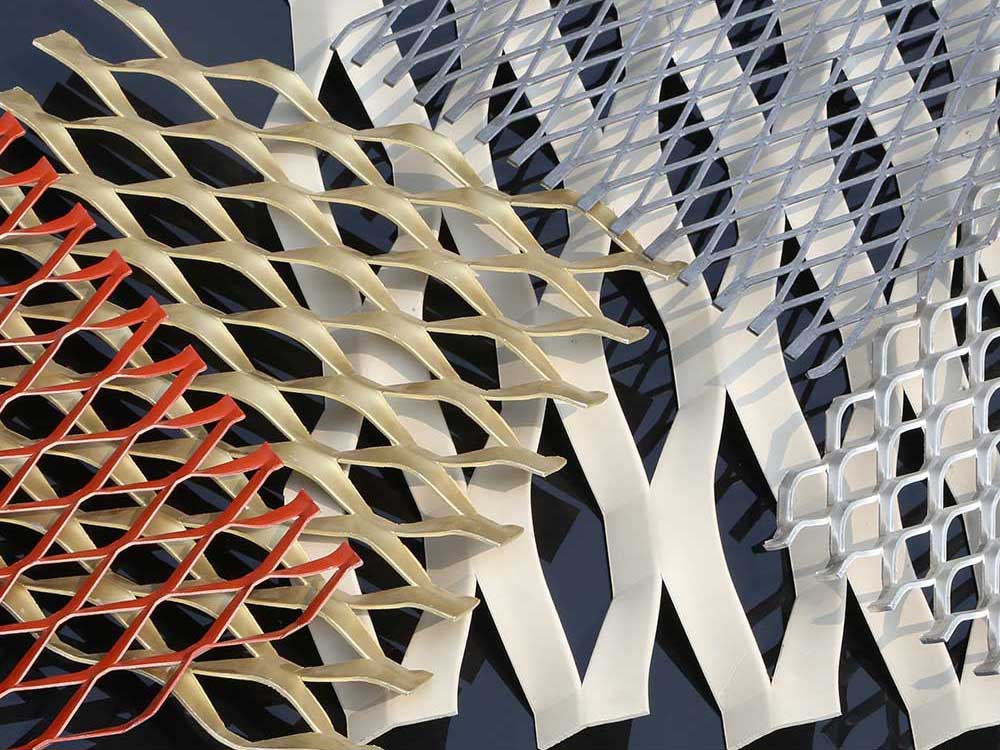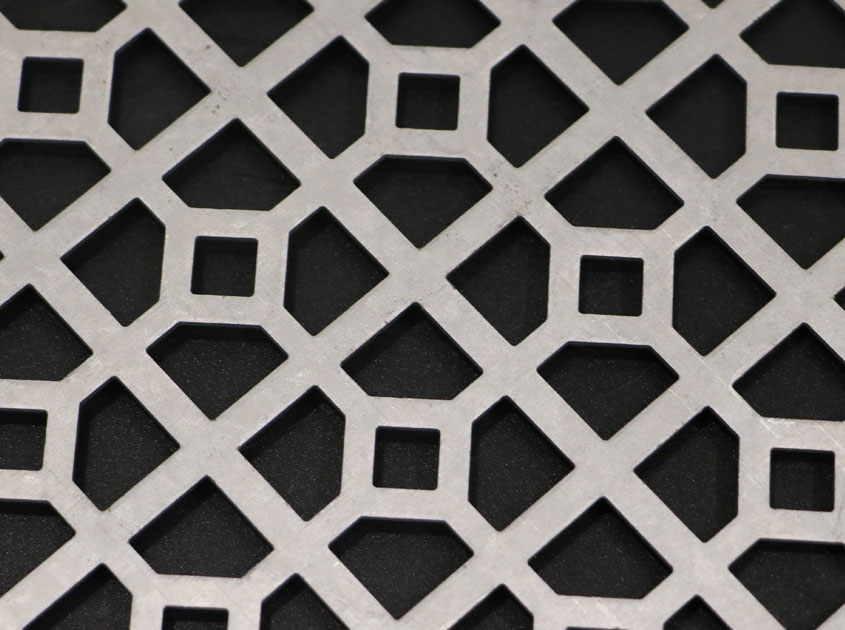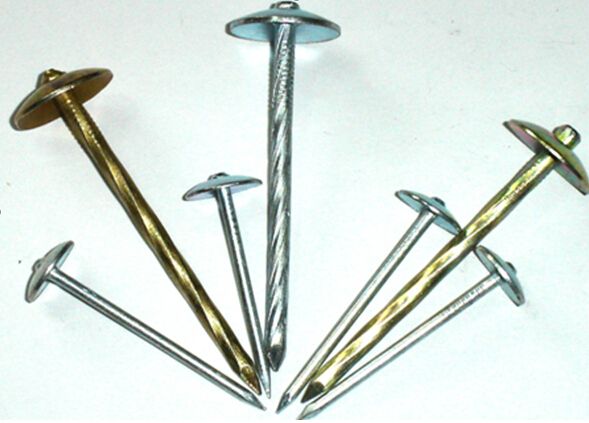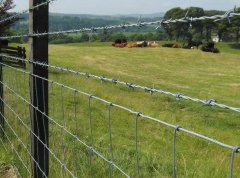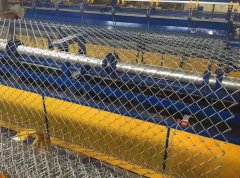As the most common fixing tool in our lives, corrugated nails are widely used in furniture manufacturing, wood processing, decorative building materials and other industries. The corrugated nail galvanizing process improves the performance of the corrugated nail and improves the corrosion resistance, which makes the galvanized corrugated nail popular in the hands of manufacturers. Today, our factory will give you a brief introduction to the knowledge about corrugated nail galvanizing.
Corrugated nails are mainly made of electro-galvanizing and hot-dip galvanizing in the production process.
Comparison of process principles of hot-dip galvanizing and electro-galvanizing
1. Hot-dip galvanizing is carried out in the state where zinc is also liquefied, and the corrugated nail is placed in the liquefied zinc solution layer. At high temperature, the iron and zinc on the surface of the corrugated nail dissolve each other to form an alloy layer. With this time, the surface layer The zinc ions slowly diffuse into the iron, and eventually all of them are covered. Once the surface of the zinc solution layer cools, it turns into a layer of zinc.
2. Electroplating zinc is galvanized by electrode positive and negative ion movement. The positive and negative electrodes of the zinc solution in liquefaction are docked with the negative electrode of the corrugated nail. The anion will move to the positive electrode under the action of current. The corrugated nail itself is steel body, zinc. Forming a micro-battery with steel during electroplating, the corrugated nail steel body is protected by the cathode to form a coating.
Comparison of performance between hot-dip galvanizing and electro-galvanizing
1. The electroplated zinc layer is relatively thick and uniform, indicating smooth and smooth. The zinc layer is relatively pure, can adapt to various environments, and has good corrosion resistance. The corrosion degree in a strong acid and alkali environment is not very satisfactory.
2. The hot-dip method is nominally an iron-zinc-ion alloy layer. The zinc layer is tightly covered on the surface. The surface layer of iron-zinc mixed layer has very good wear resistance. The ductility is also good, and it can be processed by drawing and bending.


.jpg)




.png)






































